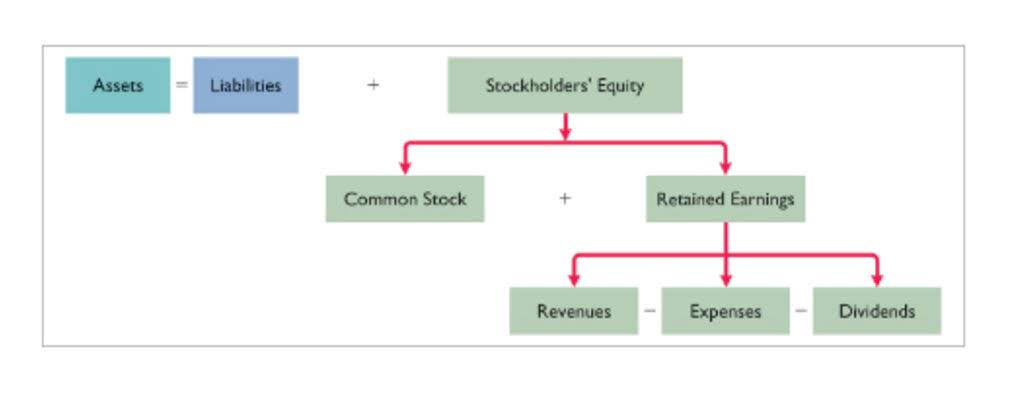
FOB stands for “Free On Board” and refers to the location where ownership and responsibility for goods transfer from the seller to the buyer. Specifically, FOB shipping point means that the buyer assumes ownership and responsibility as soon as the goods leave the seller’s designated shipping point. FOB freight collect and allowed specifies that the buyer must pay the freight transportation costs but the buyer deducts this cost from the seller’s invoice. The seller is responsible for the goods because the seller still owns the goods during transit.
Transparent cost division

This can raise questions about their ability to meet delivery deadlines and is a significant risk for FOB Destination transactions. Sellers should have contingency plans to manage potential delays and communicate effectively with buyers in such situations. Another disadvantage of FOB Origin is that the buyer is wholly responsible for arranging and managing transportation.
Consider shipping costs
Although the accounting treatment mentioned above aligns with this, it’s worth mentioning that FOB shipping points and destinations transfer ownership at different times. In a FOB shipping point agreement, ownership transfers from the seller to the buyer once the goods are delivered to the point of origin. At this shipping point, the buyer becomes the owner and bears the risk during transit. The FOB shipping point price does not generally include shipping, as that is typically paid by the seller. With a FOB destination point contract, the contract is a delivered price, with the transportation cost figured into the final contract.
Clear transfer point for ownership and risk
There may not be a line item on the bill for shipping and the shipper may require payment ahead of shipping. It’s always good to know whether shipping is already factored into overall costs, or whether it’s a line item when inquiring about discounted shipping rates. With shipping, you may hear about the ship’s rail, and how costs or ownership transfer what is f.o.b. shipping point when it’s over the rail. That’s because the rail concept, as well as FOB, goes back to the early days of sailing ships. The earliest ICC guidelines were published in 1936, when the rail was still used – goods were passed over the rail by hand, not with a crane. Incoterms last included the term “passing the ship’s rail” before its 2010 publishing.
Understanding FOB Shipping Point: How it Works and What You Need to Know
FOB destination is a type of Incoterm (international commercial term) used in international trade. It means that a seller pays for all shipping costs and that a transaction is not complete until the goods reach the buyer’s destination undamaged. Buyers and sellers often confuse FOB by understanding the shipment can be sent by any mode of transportation; this is not correct. The International Commerce Center (ICC), explains FOB is only viable for sea and inland waterway shipments.
Additional Shipping Terms
- With a CIF agreement, the seller agrees to pay the transportation fees, which include insurance and other accessorial fees, until the cargo is transferred to the buyer.
- Since the buyer assumes ownership and responsibility for the goods once they leave the seller’s designated shipping point, they can arrange to ship using their preferred carrier or negotiate better rates.
- The seller assumes the risk of loss of or damage to goods during transportation because the seller owns the goods during transit.
- Businesses should carefully consider these aspects to optimize their supply chain management.
- Strikingly is an all-in-one platform that can help you create a professional-looking website, order your shipping process, and even sell your products online.
The seller pays for freight costs until the goods reach the buyer’s specified destination in FOB destination agreement. FOB shipping point puts the buyer in the driver’s seat once goods are loaded at the origin port or shipment point. With the FOB shipping point option, buyers have increased control over the transportation process. Clearly defining the FOB shipping point in the sales contract removes ambiguity about when ownership and risk transfer. This enables a smooth handover between seller and buyer at the point of shipment origin. For FOB Origin, after the goods are placed with a carrier for transport, the company records an increase in its inventory and the seller records the sale.
How FOB terms impact accounting
Unloading costs typically fall under the responsibility of the buyer in FOB delivery. The opposite is FOB Destination, where the seller remains responsible for goods until they reach the buyer’s destination. FOB shipping points is particularly advantageous for businesses with specific operational models.
What is FOB Destination?

FOB, or “free on board,” is a widely recognized shipping rule created by the International Chamber of Commerce (ICC). It defines the point when a buyer or seller becomes liable for goods transported by sea. But it’s good practice for either the buyer or seller to obtain China freight insurance. While it is customary for the buyer to arrange insurance, this is often negotiated before confirming the sale. Once your cargo loads onto the forwarder’s truck, it will begin its journey to the port. The cargo is weighed to confirm the dimensions initially provided are accurate, and the exporting and loading process begins.
Why is it Important to Understand the Difference?
- CIP stands for “carriage and insurance paid to” says that the seller pays for delivery and insurance of goods to a carrier or nominated location.
- Just enter the dimensions and weight of your goods and specify the port of shipment, and you’ll get your FOB price calculation instantly.
- With FOB shipping point, ownership of goods is transferred to the buyer once they leave the supplier’s shipping point.
- Choosing the right FOB warehouse is critical for maintaining efficient inventory management and minimizing lead times.
- For FOB shipping, you can get an FOB price estimate using Freightos.com’s International Freight Rate Calculator.
- Furthermore, once the goods leave the port of origin, the seller has limited control over the shipment and may face delays during transit.
When not shipping via sea, buyers and sellers could consider FCA as a comparative Incoterm which works for all modes of transport. In modern domestic shipping, the term is used to describe the time when the seller is no longer responsible for the shipped goods and when the buyer is responsible for paying the transport costs. Ideally, the seller pays the freight charges to a major port or other shipping destination and the buyer pays the transport costs from the warehouse to his store or vendors. One of the significant benefits of FOB shipping points is cost savings for buyers. Since the buyer assumes ownership and responsibility for the goods once they leave the seller’s designated shipping point, they can arrange to ship using their preferred carrier or negotiate better rates.
Learn More about Incoterms 2020 Rules
Shipping terms are important because of the massive worldwide volume shipped, and the need to have a common understanding of these terms for contracts. The terms affect shipping costs, liability, and even financial statements for accounting. With so many languages spoken, it makes sense to have agreed-upon terms to lessen confusion. If the seller of goods quotes a price that is FOB shipping point, the sale takes place when the seller puts the goods on a common carrier at the seller’s dock. Therefore, when the goods are being transported to the buyer, they are owned by the buyer and the buyer is responsible for the shipping costs.
